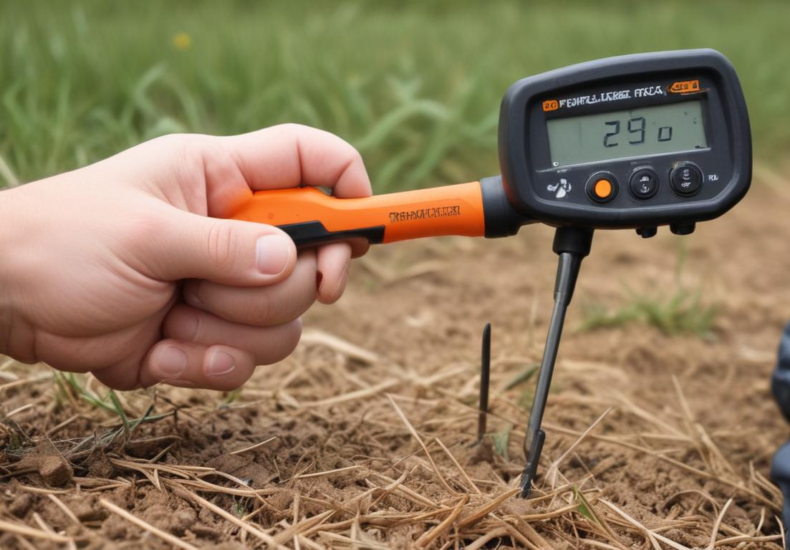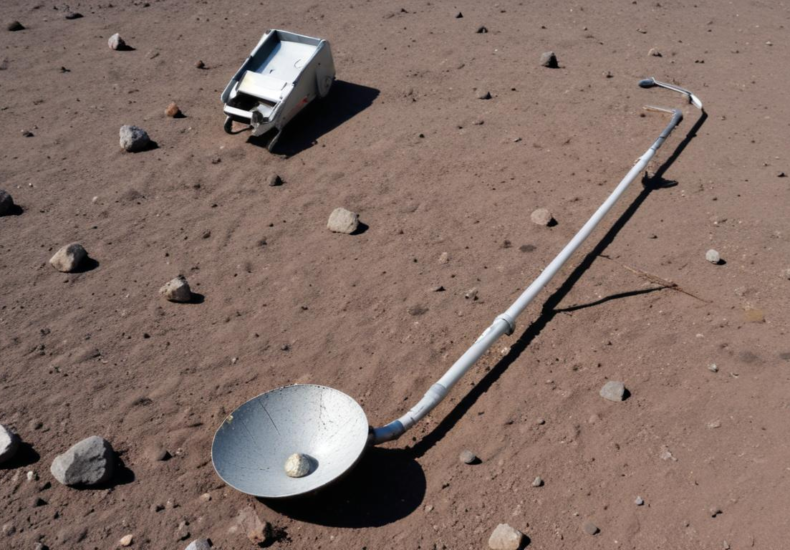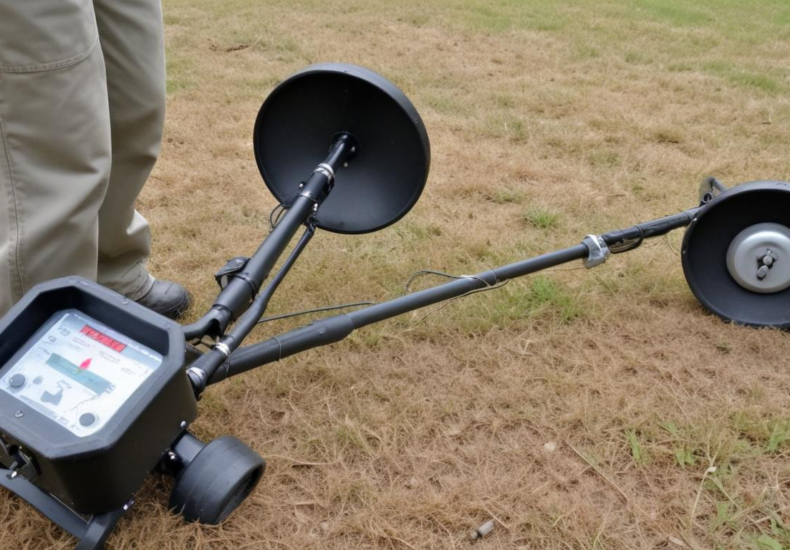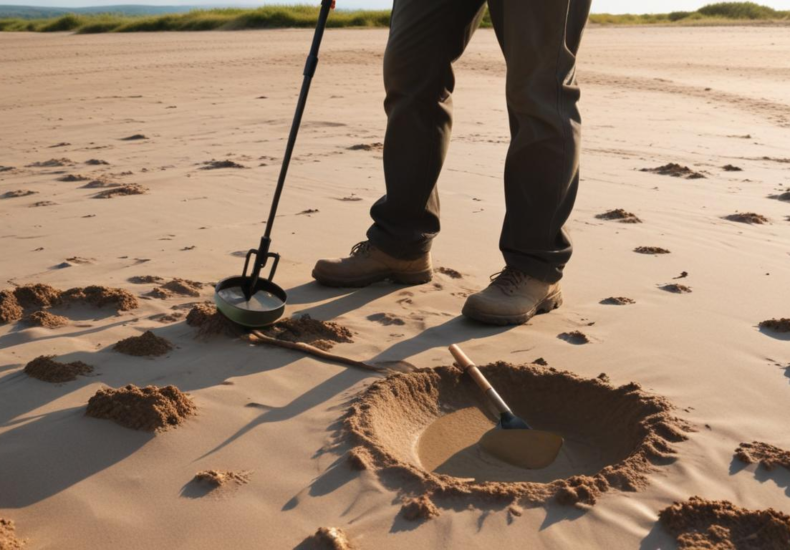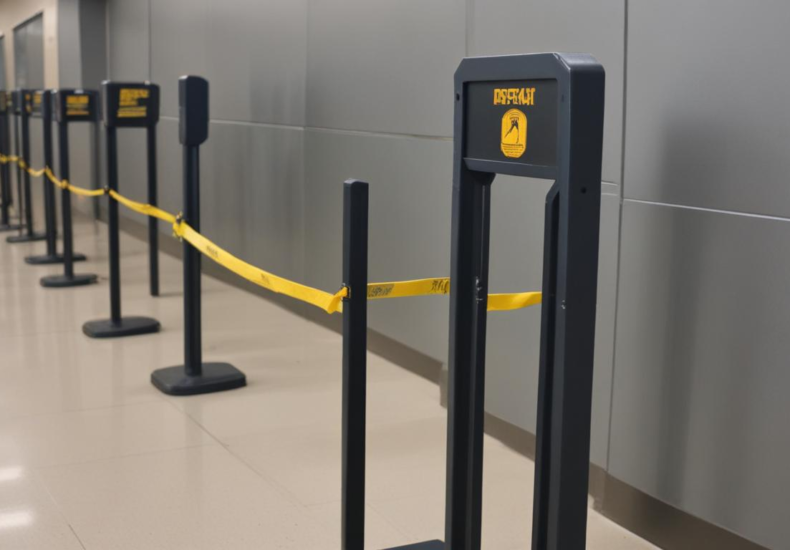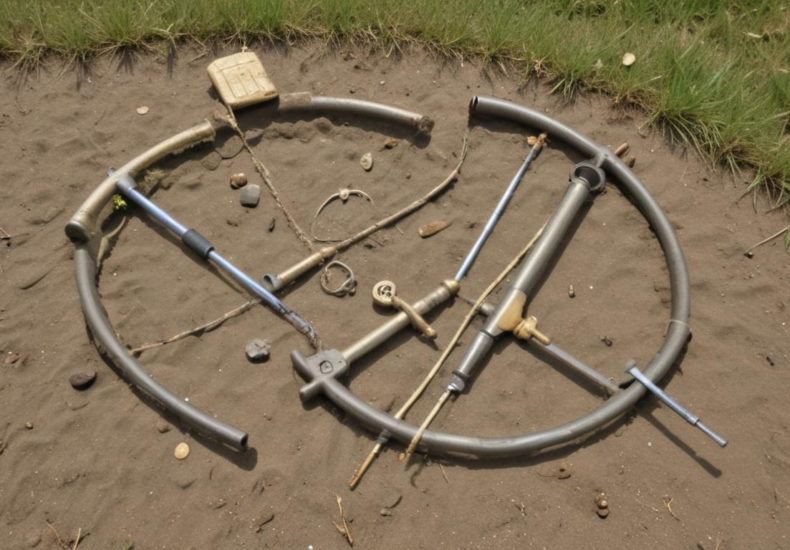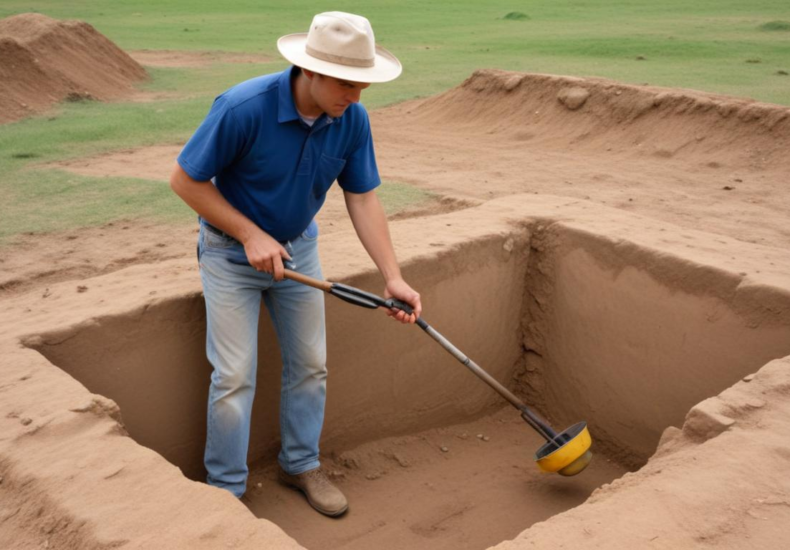Month: April 2025
How to keep metal detecting records and map finds
Choosing the right tools for record-keeping in metal detecting is crucial for turning each find into a well-documented piece of history. Whether opting for a traditional waterproof logbook or leveraging advanced GPS and digital mapping technologies, maintaining detailed and organized records is essential. Keeping a meticulous log allows for accurate tracking and sharing of finds, transforming casual discoveries into valuable historical data. These practices not only enhance the detection process but also contribute significantly to the broader historical and detecting communities.
Best treasure hunting books for metal detectorists
Exploring the depths of metal detecting through a curated collection of essential books can transform any novice into a seasoned treasure hunter. Essential guides like “The Metal Detecting Bible” and “Metal Detecting for Beginners: 101 Things I Wish I’d Known When I Started” offer foundational knowledge, while advanced texts delve into sophisticated techniques for experienced detectorists. Discover how these books not only teach the mechanics of successful treasure hunting but also weave in the historical and cultural richness of the hobby.
Should you use a pinpointer with a metal detector?
Exploring the transformative impact of pinpointers in metal detecting, discover how these compact devices maximize efficiency, preserve valuable finds, and enhance both the enjoyment and outcomes of treasure hunting expeditions.
How to detect meteorites using a metal detector
Meteorite hunting combines adventure and science, requiring a deep understanding of these celestial objects that differ markedly from ordinary rocks. Meteorites, debris from objects like asteroids or comets, possess unique characteristics such as a metallic composition of iron and nickel, detectable with certain metal detectors. These traits, including a distinctive fusion crust and higher density, are instrumental in distinguishing meteorites from terrestrial materials. Mastering meteorite identification techniques and selecting the appropriate detection tools, such as a Pulse Induction metal detector optimized for high-metal-content objects, is crucial for any successful hunt. Discovering these remnants from outer space not only offers a thrilling pursuit but also deepens our insights into the cosmos and the history of the solar system.
How to build your own DIY metal detector
Discover the essentials of assembling a DIY metal detector, from picking the right electronic components like the 555 timer IC to constructing a sensitive detection coil. Learn the significance of each part in creating a functional device that can unearth hidden treasures beneath your feet. Uncover the importance of meticulous assembly and robust testing to optimize and ensure the effectiveness of your own metal detector.
Best times of day for metal detecting success
Understanding optimal light conditions is crucial for a successful metal detecting outing. Light intensity and timing can significantly affect visibility, allowing for easier identification of metallic objects and changes in soil texture. Optimal times include early morning, which offers even light and cooler temperatures, and late afternoon, especially on beaches where the sun’s angle can highlight surface finds. Weather conditions also play a crucial role, with overcast days providing consistent lighting without the challenges of direct sunlight. Adjusting your detecting schedules according to these factors can enhance your success and comfort during searches, making each outing both productive and enjoyable.
What can metal detectors not detect?
Metal detectors excel in identifying metallic objects, yet struggle with materials like wood, plastics, and glass due to their non-conductive nature. Additionally, the size, shape, and orientation of metal objects significantly influence detection capabilities, with smaller or irregularly shaped items often going undetected. Environmental factors such as soil composition, temperature, and moisture also impact the effectiveness of metal detectors, highlighting a clear need for advanced technology to overcome these challenges.
Top metal detecting forums and communities online
Delving into the world of metal detecting reveals a vibrant tapestry of online forums buzzing with activity. From the well-established ‘TreasureNet’ that serves as a haven for historical enthusiasts to the specialized ‘The Silver Fiend’s Metal Detecting Forum,’ these platforms offer a plethora of resources for both novice and seasoned detectorists. Each forum boasts its unique focus, fostering deep discussions ranging from technical device insights to thrilling personal stories of finds. At the heart of these communities lies a shared passion for uncovering hidden treasures, making every discussion a potential gateway to new discoveries and connections.
Flying with a metal detector: TSA rules explained
Traveling with a metal detector means navigating TSA guidelines effectively to avoid delays at airport security. Metal detectors, often seen as standard large electronic devices, must be disassembled, batteries removed, and components clearly labeled to facilitate smooth screening. Understanding and cooperating with TSA rules, such as possibly demonstrating the device’s functionality, not only enhances ease of passage but also protects your equipment throughout the journey. Proper preparation is key to ensuring both compliance and the safety of your metal detector while moving through checkpoints.
How metal detectors are used in archaeology
Metal detectors have not only simplified artifact discovery in archaeology but have come to redefine excavation strategies and historical interpretation. Originally engineered in the late 19th century for mining, these tools were later adopted by archaeologists, significantly evolving by the 1970s with enhanced sensitivity and discrimination features. Today’s sophisticated models aid in minimizing site disruption, promoting more targeted and efficient explorations. Metal detecting continues to refine archaeological methods, influencing both the preservation of historical sites and the broader understanding of past human activities.


